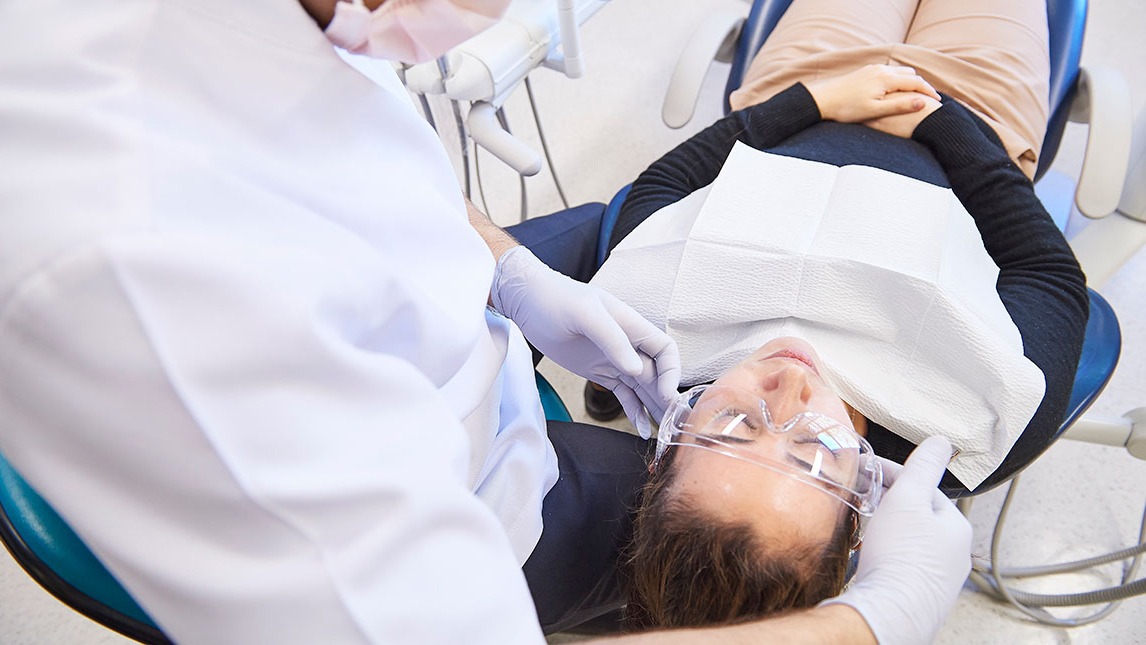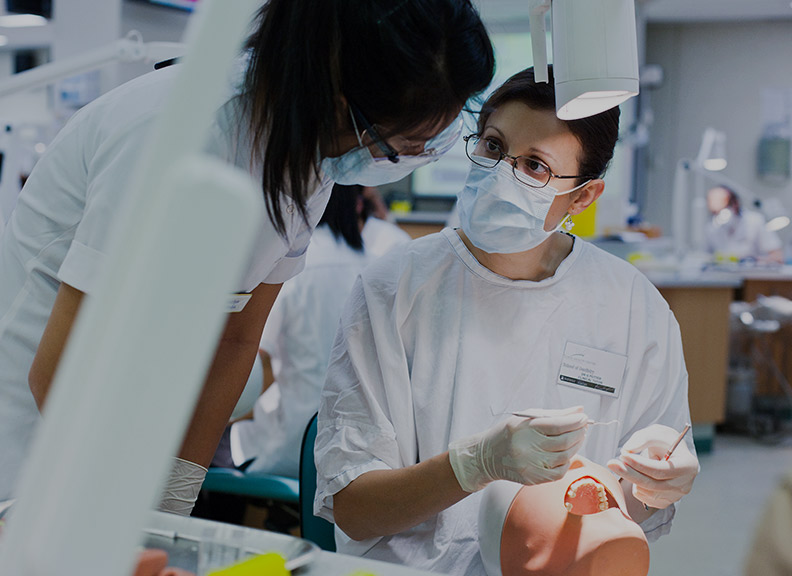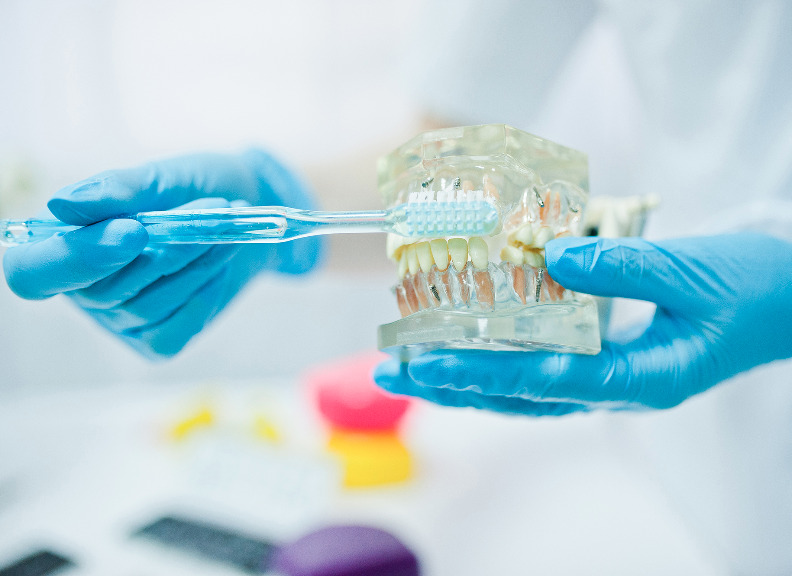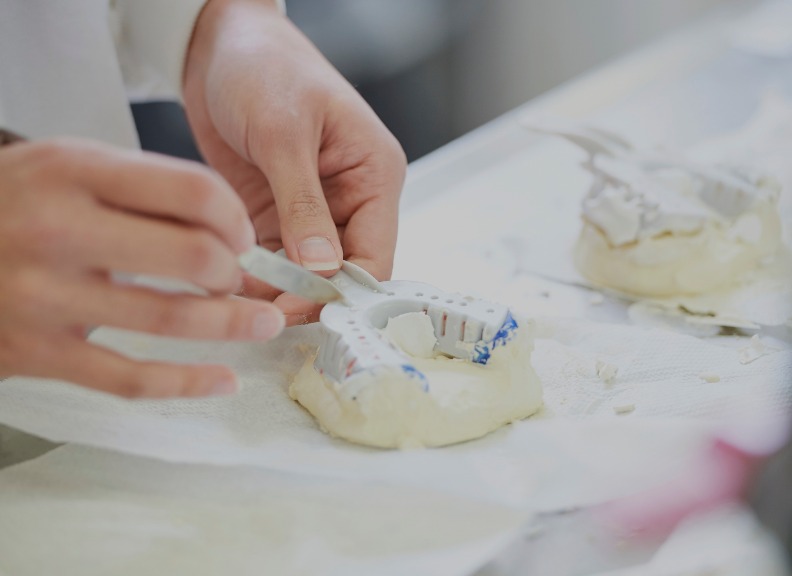
-
Highlights
-
Governance
-
Chancellor
-
Vice-Chancellor
-
Executive
-
History of the University
-
Schools
-
Campuses
-
Complaints
-
Official publications
-
Communications and marketing
-
Working at UWA
Oral imaging
Improving diagnostic imaging skills and knowledge to benefit patient care and health
The Oral Imaging research program at UWA has a multidisciplinary approach. It aims to investigate, study, explore and establish new and innovative diagnostic tests, tools and aids to be used in clinical care to benefit patients and enhance oral health care.
Special emphasis is placed on imaging techniques and combinations of imaging techniques that help diagnose pathology in the head and neck area. Pain control fits in this research group as it is related to anatomy, medical imaging and diagnostics, and will benefit patient care and comfort.
The research program undertakes cutting edge, state-of-the-art clinical and translational research. The philosophy of the program is to conduct studies that will have a direct influence on diagnostic imaging procedures, patient care and, ultimately, treatment protocols.
It is therefore paramount that a strong relationship exists between this program and other research programs in the UWA Dental School, as well as with the other medical disciplines in UWA, at other universities and with manufacturers.
Research Program Lead: Associate Professor Johan Aps
Research program objectives
Besides providing expert training in dento-maxillofacial radiology, the project aims to:
- Investigate alternative diagnostic imaging techniques for caries detection, periodontal disease, bony pathology of the maxillofacial complex, soft tissue pathology of the maxillofacial complex (including salivary glands), and dental development assessment
- Investigate possible combinations of diagnostic three-dimensional imaging techniques to improve and increase the accuracy of a radiographic diagnosis
- Investigate the possibilities and use of artificial intelligence, computer learning and computer-aided diagnosis in dento-maxillofacial radiology
- Establish modern, state-of-the-art clinical protocols for oral diagnostic and imaging techniques
- Investigate and critically appraise virtual reality tools used in dentistry
- Investigate intra-osseous local anaesthesia techniques
- Support research related to patient oral health care in other medical and dental disciplines
- Critically evaluate and investigate new imaging technology in collaboration with manufacturers
- Investigate and study the effects of diagnostic ionising radiation on the tissues in the maxillofacial complex

Research projects






































